In the spiritual and cultural life of the Mong people, the panpipe and the art of panpipe dancing can be considered a cultural symbol. For that reason, the Mong people in Dong Hy and Phu Luong, Thai Nguyen province always preserve and pass on the art of panpipe as a treasure and promote its value through local cultural and tourism activities.

The sound of the flute is the voice of the heart.
In the Mong community, many people know how to play the panpipe, but not everyone can master the melodies, high and low notes. Panpipe artist Sung Van Sinh, Lan Quan hamlet, Tan Long commune, Dong Hy district, shared: “Panpipe is the breath of life of the Mong people. Learning to play and dance with the panpipe is more difficult than learning to read and write. It requires perseverance from the learner, talent is only a part, the important thing is to practice hard, start to get familiar with the parts of the panpipe, then take a breath, release the breath and start practicing the dance movements.”
The Hmong people's panpipes are not only used at home on special days, but they are also played during festivals and friendly exchanges. In the cultural and spiritual life, the panpipes accompany the entire life of every Hmong person, present in the happiest and saddest moments of every family.
Mr. Hoang Van Mui, Van Lang commune, Dong Hy district confided: “The sound of the panpipe when happy is a clear sound that makes everyone, no matter where they are going or what they are doing, stop to listen and smile. The sound of the panpipe and the panpipe have become a characteristic of the Mong people. There are many things that we cannot say, so the panpipe speaks for us. For Mong men, knowing how to play and dance with the panpipe is a source of pride. They are respected and admired by everyone in the community.”
Both a musical instrument and a prop, the Hmong flute is a sacred instrument connecting the earthly world and the spiritual world , but it is also a means of connecting the community, sharing thoughts and feelings, helping cultural subjects to sublimate with an optimistic spirit. This is an indispensable musical instrument and an important part of the unique culture of the Hmong people here.
The Mong people are proud of the art of the Khen, and at the same time, the art of the Khen affirms the distinct cultural identity of the Mong people. For that reason, the Khen and the sound of the Khen are preserved and passed down by the people as a treasure and their value is promoted through cultural and tourism activities. Thanks to that, the art of the Khen of the Mong people is increasingly spreading and flying far and wide.

Mong people in Dong Hy district, Thai Nguyen province dance the panpipe during the festival. Photo: Document
Development in modern life
Nowadays, modern life has changed a lot, but for the Mong people, the panpipes still hold an important position in the spiritual and cultural life. The panpipes with their melodious sounds are still the companions of Mong boys during every holiday and Tet. There are still panpipe artisans and generations of children and grandchildren who, because of their love for panpipes, stick together and create unique panpipes as a way to preserve the core values of their nation.
Panpipe artist Duong Van Cho, Dong Tam hamlet, Dong Dat commune, Phu Luong district, said that there are 4 types of panpipe music: So nhac, Tieu nhac, Trung nhac and Dai nhac. Following the music are the lyrics, including: Original lyrics; love songs; funeral songs and animal worship songs.

Mong artisans perform panpipes at the program to preserve, restore and promote the Gau Tao Festival.
“A good Khen is when the player and the Khen become one, passionately so that each dance movement embodies the Khen’s melody. That’s why when playing, there are no unnecessary movements; when exhaling and inhaling, the Khen emits the sound of the mountains and forests, conveying messages, revealing the thoughts and feelings of the player to friends and everything around them,” added artist Cho.
With its unique cultural values, in 2017, the art of the Mong people's panpipes in Dong Hy, Phu Luong was recognized by the Ministry of Culture, Sports and Tourism as a National Intangible Cultural Heritage. This is also the basis and foundation to restore, preserve and promote the cultural identity of the Mong people associated with the development of community tourism, promoting economic development for the people in the highlands here.
My Dung/baodantoc.vn
Source: https://baophutho.vn/phat-huy-di-san-khen-mong-218097.htm






![[Photo] Hanoi morning of October 1: Prolonged flooding, people wade to work](https://vphoto.vietnam.vn/thumb/1200x675/vietnam/resource/IMAGE/2025/10/1/189be28938e3493fa26b2938efa2059e)

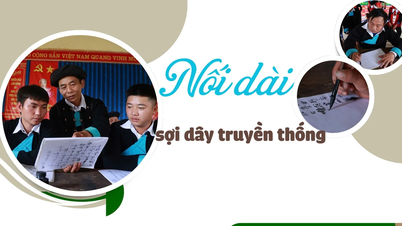

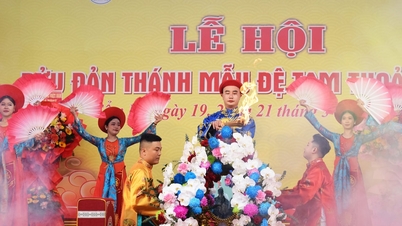

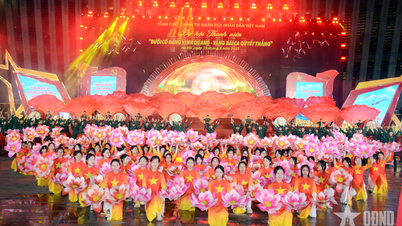



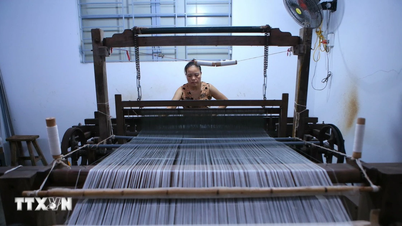



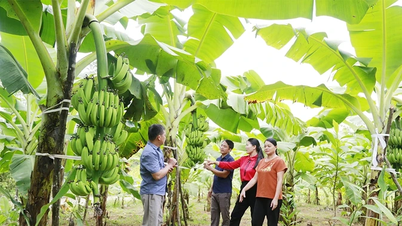

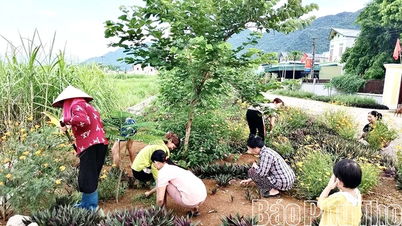
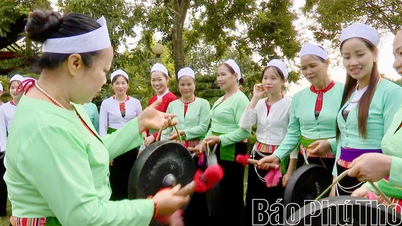












![[Photo] Panorama of the cable-stayed bridge, the final bottleneck of the Ben Luc-Long Thanh expressway](https://vphoto.vietnam.vn/thumb/1200x675/vietnam/resource/IMAGE/2025/9/30/391fdf21025541d6b2f092e49a17243f)



































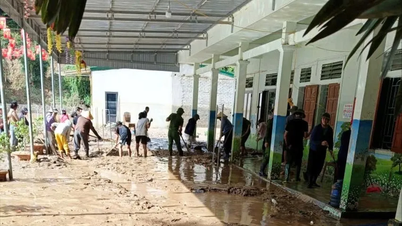

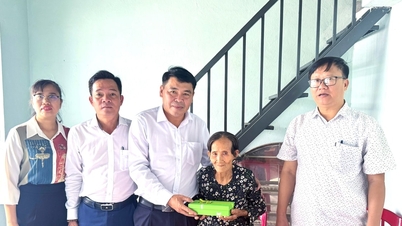

















Comment (0)